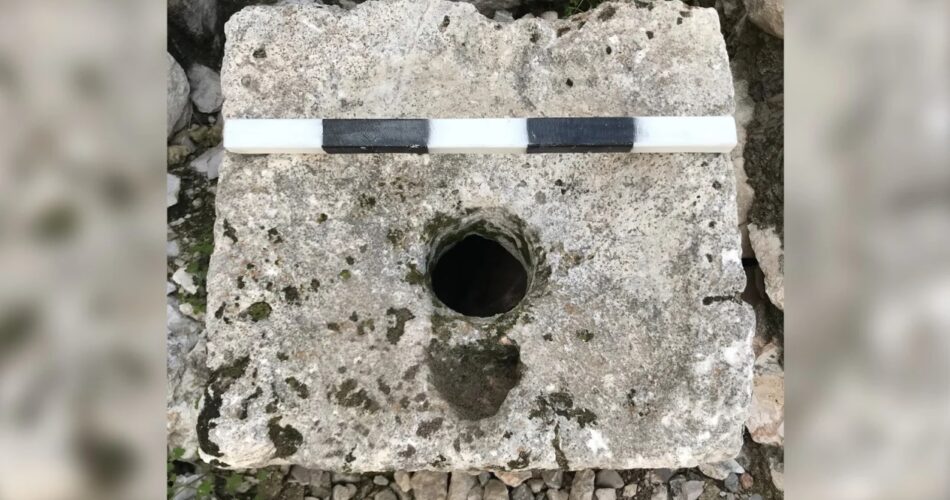It is the earliest reported case of Giardia duodenalis
Analysis of excrement samples from two 2,500-year-old latrines in Jerusalem revealed that the Iron Age users were not a particularly healthy population.
According to CNN, the material that was removed from the cesspits beneath the two stone toilets, which would have belonged to affluent homes in the city, contained parasites that cause dysentery. Back then, Jerusalem, which was home to between 8,000 and 25,000 people, was a thriving political and religious hub of the Assyrian empire.



Although the infection, which causes diarrhea, abdominal pain, and weight loss, had previously been detected in Roman-era Turkey and medieval Israel, it is the earliest reported case of a condition known as Giardia duodenalis.
“Dysentery is spread by feces contaminating drinking water or food, and we suspected it could have been a big problem in early cities of the ancient Near East due to over-crowding, heat, flies, and limited water available in the summer”, said Dr. Piers Mitchell, lead author of the study published in the scientific journal Parasitology and an honorary fellow at the University of Cambridge’s Department of Archaeology.
Today, children make up the majority of individuals who pass away from dysentery brought on by Giardia, and persistent infection in youngsters can result in stunted growth, diminished cognitive ability, and failure to flourish.
For archaeologists, ancient feces is a great source of information. It has revealed things like the Iron Age’s love of blue cheese, and the fact that Stonehenge’s architects enjoyed eating cattle’s internal parts.
During the latrine excavation, archaeologists collected sediment samples from the cesspit located beneath each toilet seat.
One seat was discovered at a mansion that was dug up in 2019 in the Armon ha-Natziv district, south of Jerusalem. It most likely originates from King Manasseh’s reign, which lasted 50 years in the middle of the seventh century BC. The limestone toilet includes a sizable central hole for defecation and a hole next to it that is probably for male urination.
The other toilet seat under study, which has a comparable design, was unearthed in Jerusalem’s Old City in a seven-room structure called the House of Ahiel, which at the time would have housed an affluent family.
The cesspit sediment had previously been found to contain the eggs of the tapeworm, pinworm, roundworm, and whipworm, four different forms of intestinal parasites. Yet, a recent study found that the germs that cause dysentery are weak and very difficult to identify.
The scientists employed a biomolecular method called ELISA to solve this issue, in which antibodies attach to proteins made exclusively by specific species of single-celled organisms.
The three parasitic microorganisms Entamoeba, Giardia, and Cryptosporidium are the most prevalent causes of diarrhea in humans and the root of dysentery outbreaks which were tested for by the researchers. Entamoeba and Cryptosporidium tests came back negative, however, Giardia tests came back frequently positive.
The earliest significant towns and cities appeared in the Middle East, where people first established towns, and learned to farm and domesticate animals. According to the study, cities like Jerusalem would have been epicenters for disease epidemics, and diseases would have been easily spread by traders and during military excursions.
“While they did have toilets with cesspits across the region by the Iron Age, they were relatively rare and often only made for the elite”, the study noted.
“Towns were not planned and built with a sewerage network, flushing toilets had yet to be invented and the population had no understanding of the existence of microorganisms and how they can be spread”.
Photos by F. Vukosavović
